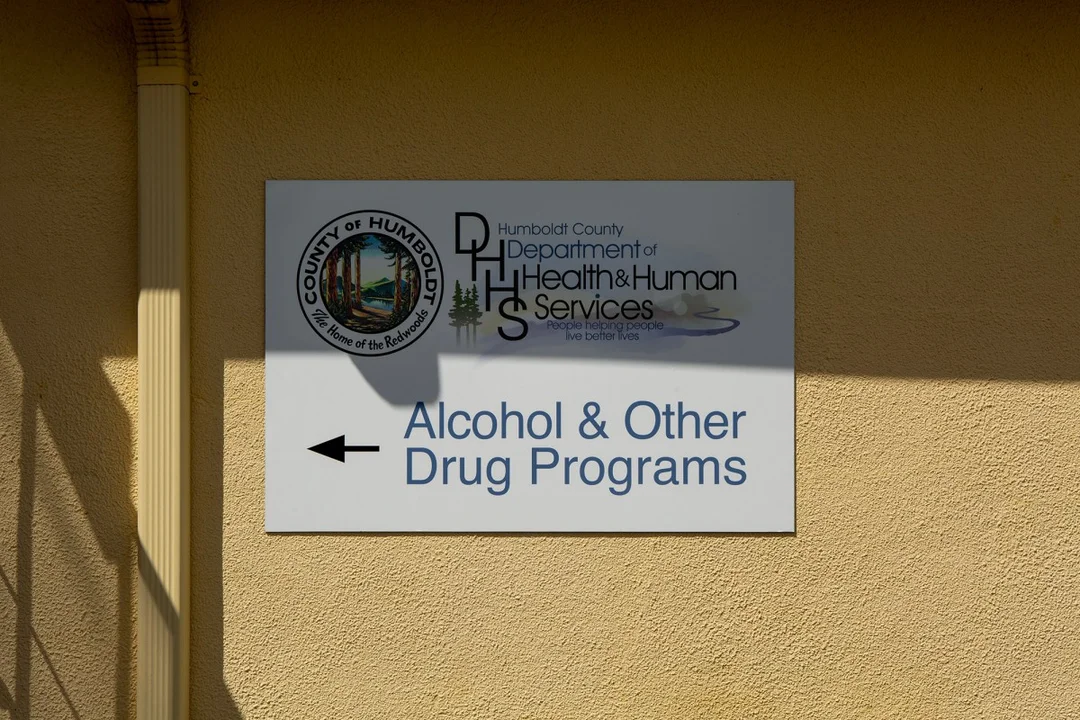
Addressing the Urban-Rural Divide in Substance Abuse
In a recent commentary published by CalMatters, the urban-rural divide in substance abuse across California has come under scrutiny. The article highlights how rural areas in the state are facing unique challenges in combating substance abuse, exacerbated by limited access to treatment and prevention resources compared to their urban counterparts.
The commentary points out that while urban areas have a higher concentration of treatment centers and support services, rural communities often lack these essential facilities. This disparity leads to higher rates of untreated substance abuse in rural regions, contributing to a cycle of health and social issues. The author of the piece emphasizes the need for a more equitable distribution of resources to address this growing concern.
Moreover, the article sheds light on the socio-economic factors that contribute to the urban-rural divide. Rural areas, often characterized by higher poverty rates and fewer job opportunities, are more vulnerable to the negative impacts of substance abuse. The commentary calls for targeted interventions and policy changes to bridge the gap, suggesting that a one-size-fits-all approach is insufficient for tackling this complex issue.
California's diverse landscape, both geographically and demographically, necessitates tailored solutions to substance abuse. The article advocates for increased funding and support for rural communities, as well as the implementation of culturally sensitive programs that take into account the unique needs and challenges of these areas.
As the state continues to grapple with the opioid crisis and other substance abuse issues, the insights provided by this commentary serve as a crucial reminder of the importance of addressing disparities to ensure that all Californians have access to the care and support they need.
